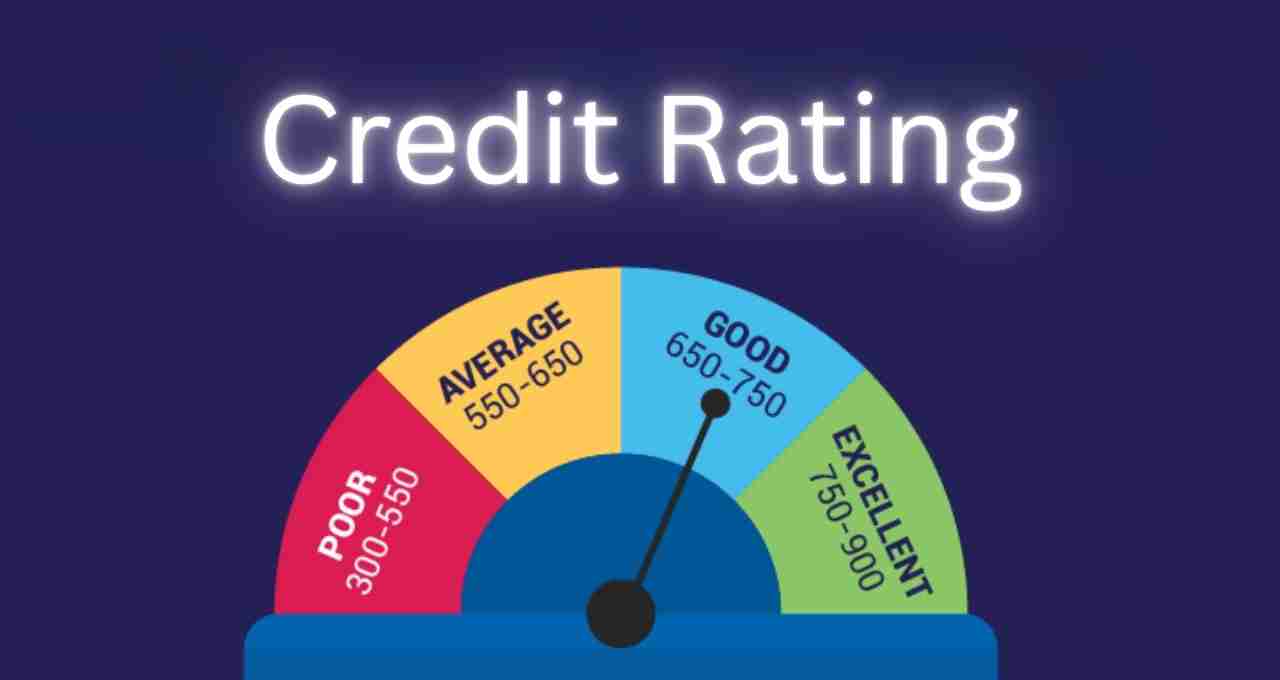In recent years, there has been a rapid increase in the trend of investing in corporate bonds through digital investment platforms. Many investors are turning to online bond platforms, lured by the promise of fixed returns. However, the National Stock Exchange (NSE) and the Bombay Stock Exchange (BSE) have now issued an important warning. The exchanges have stated that the Yield to Maturity (YTM) offered on online platforms can mislead investors, and considering it a guaranteed return can lead to significant losses.
YTM is an Estimate, Not a Guaranteed Earning
The exchanges have clearly stated that the YTM shown on bonds is essentially an estimated return, based on the assumption that the investor will hold the bond until maturity. However, it is not guaranteed that the investor will actually receive the same return as the YTM. Several external factors can influence this — such as changes in market interest rates, a decrease in the company's credit rating, or if the investor has to sell the bond prematurely. In such situations, the actual return may be significantly lower than the estimate.
Only Use SEBI-Registered Platforms
Both NSE and BSE have also stated that investors should only buy bonds from online platforms that are recognized as SEBI (Securities and Exchange Board of India) registered Online Bond Platform Providers (OBPP). This can help investors avoid fraud and ensures transparency and accurate information.
Don't Underestimate Credit Rating

Before buying a bond, it is crucial to check its credit rating. Rating agencies such as CRISIL, ICRA, CARE, etc., provide ratings based on the financial condition of companies. An AAA-rated bond is considered the safest, while a D rating indicates a higher risk of default. The NSE and BSE have clarified that investors should not invest in bonds solely based on high coupon rates, but should also examine the company's credibility, its history, and its ability to pay.
Risk is Hidden in the Coupon Rate Too
Many investors think that the coupon rate, i.e., the annual interest amount, will be received under all circumstances. However, the exchanges have stated that this is not necessarily the case. The coupon rate is only paid as long as the issuing company's financial situation is stable. If the company incurs losses or its cash flow deteriorates, it may stop paying interest. In such a situation, the investor may not only lose interest but also risk the principal amount.
Understanding Bond Liquidity is Also Important
Another important aspect is the liquidity of the bond, i.e., the ease of selling the bond in the market. There are many bonds for which the number of buyers in the market is very low. In such a situation, if an investor suddenly needs money and wants to sell the bond, they may have to sell it at a lower price or may not find a buyer at all. This can make the YTM figure even more misleading.
Also Check Settlement and Tax Rules
After investing in a bond, how quickly the settlement takes place, i.e., how quickly the money and bond are delivered, is also an important aspect. Some bonds are on T+1 or T+2 settlement, while others may take longer. Also, the investor should obtain information in advance about how the interest or redemption amount received on the bond will be taxed.
Exchange's Demand: Define the Scale of Risk

The NSE and BSE have also suggested that a 'Risk-o-meter' or scale should be prepared for bonds, similar to mutual funds, so that investors can know how risky the bond they are investing in is. This will allow them to assess the risk along with the YTM and make a more informed investment decision.
Unregistered Platforms Pose a Greater Threat
With the increase in online investment, some platforms have emerged that are not registered with SEBI. These platforms may entice investors with attractive YTMs and fixed income-like terms. However, investments made through them can often prove risky because there is a lack of transparency and the investor does not have legal protection.
Differences Often Exist Between YTM and Real Return
Market data shows that very often the declared YTM of a bond and the return actually received by the investor are very different. This is especially true when the investor has sold the bond before maturity or when the issuing company has not made timely payments. Therefore, investing solely on the basis of YTM can be a one-sided perspective.
Why This Warning from the Exchanges is Important
This is the first time that the country's two major stock exchanges have jointly issued such a clear warning on bond investments. Its purpose is to prevent investors from being misled and to ensure that they invest their money in a safe and transparent manner.















